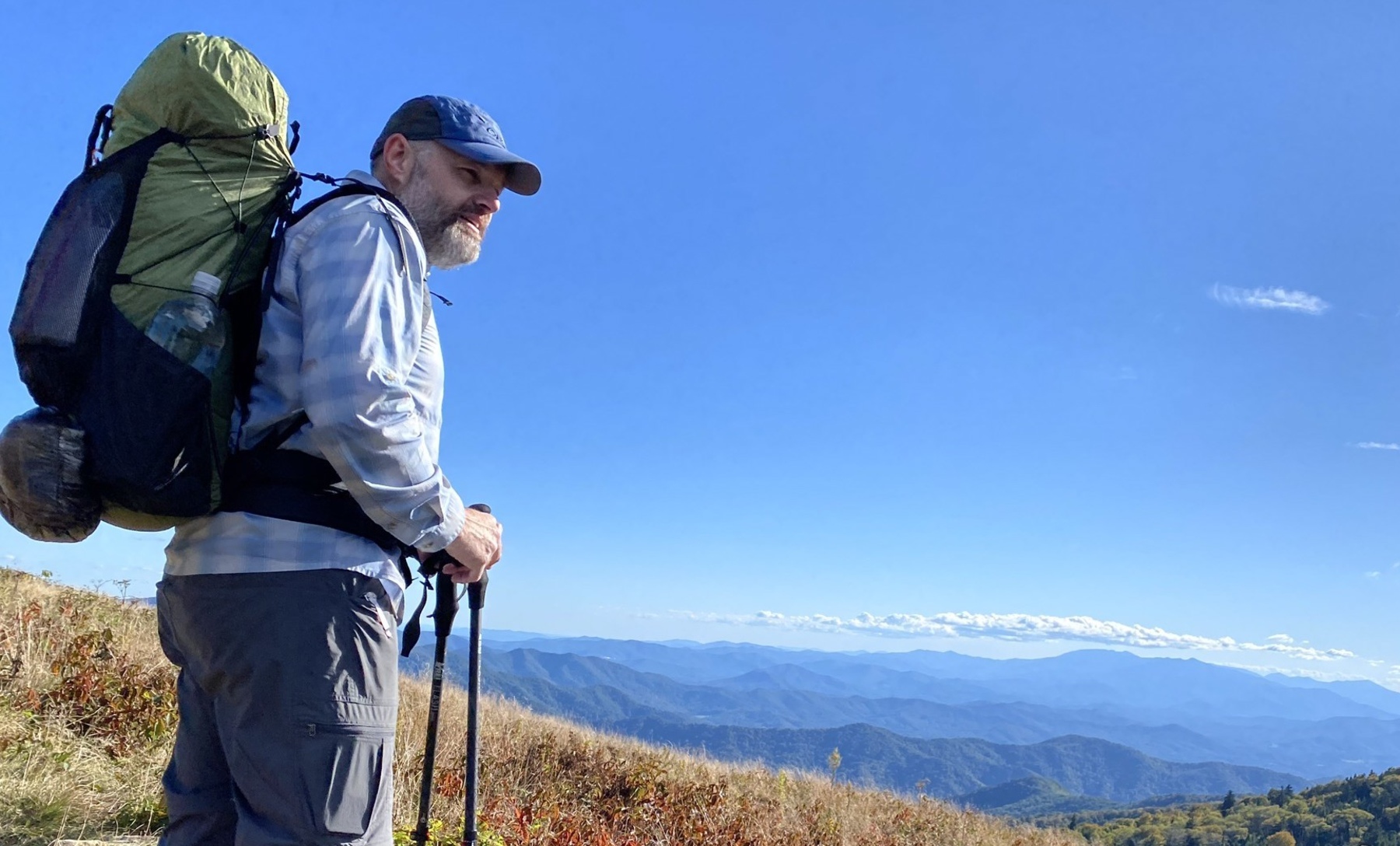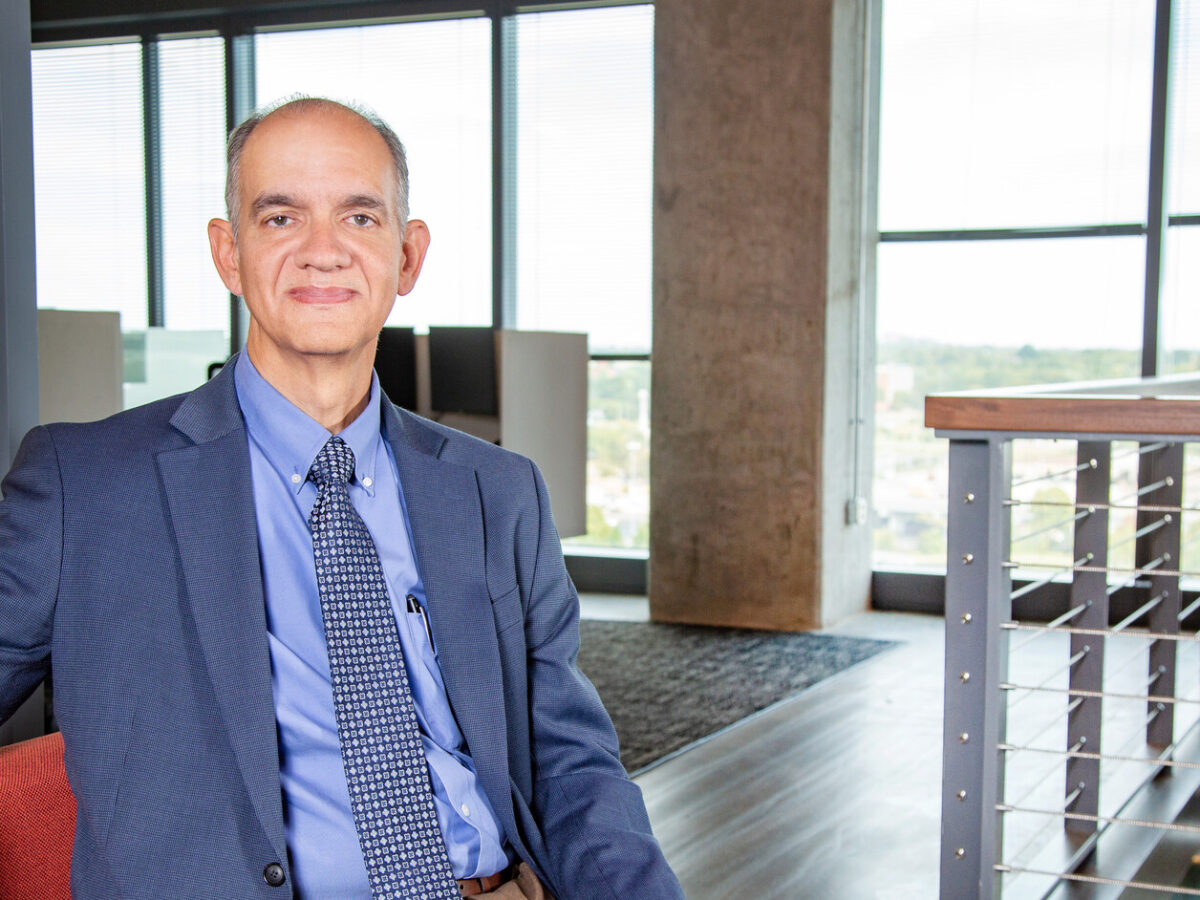Covering some of the most breathtaking terrain in America, the Appalachian Trail (A.T.) is the longest hiking-only footpath in the world, measuring roughly 2,190 miles and stretching from Georgia to Maine—or from Maine to Georgia, depending on what side of the trail you’re on! For RJ Tazelaar, a senior structural engineer in Gresham Smith’s Building Engineering market, the starting point for his six-month sabbatical hike is on the Georgia side, starting at Springer Mountain. Before he hit the trail, we had a chance to talk with RJ about this lifelong goal.
What motivated you to take this journey?
RJ Tazelaar: Hiking the Appalachian Trail has been a dream of mine since I was a teenager. When I turned 19, my dad and I started to do a little hiking together, but the trails were pretty flat in Ohio and were nothing like you’d encounter in the Appalachian Mountains.
It was during this time that I learned about the Appalachian Trail from Dad, and I was immediately captivated by it. He told me that you could put a sleeping bag and some food in a backpack and then hike for days on a trail that spans 14 states! I thought it was one of the coolest things I’d ever heard. So, my dad planted the seed that sparked my interest—and I’ve been interested ever since.
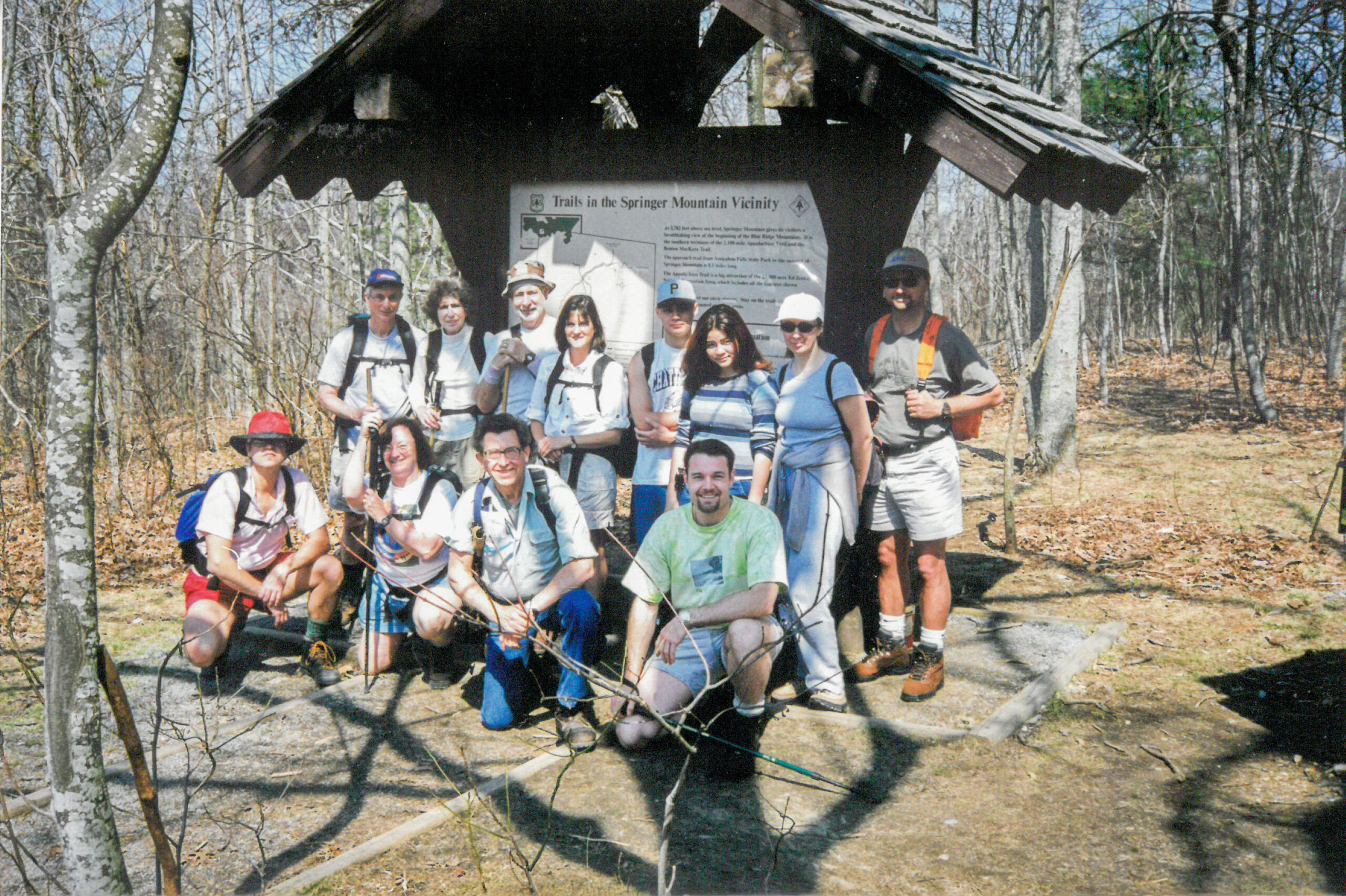
Throughout college, I worked on accumulating some of the gear I’d need and started hiking various trails to build up to the Appalachian Trail. When I graduated from college, I relocated to Chattanooga, where I joined a club that went hiking every weekend. I not only learned how to hike from that group, but I also learned firsthand about the A.T. since a lot of those hikes were actually on the trail.
During those hikes, I started to have interactions with people who were “thru-hiking”—which is hiking the trail from end to end—and I began to understand that there was way more to it than just hiking and backpacking. I discovered there was a whole community around it.
What did you learn about this community?
RJ: I learned that you’re likely to encounter a “trail angel” or “trail magic” while you’re thru-hiking. Trail angels are people who go out of their way to help thru-hikers. They might give you a ride into town or do spectacular things like invite you back to their home for dinner and let you take a shower and do your laundry.
Trail magic is the term for unexpected acts of generosity, like leaving drinks or food along the way. There seems to be a universal recognition that thru-hiking is such a big undertaking, both physically and mentally, and there’s a tremendous outpouring of support from this community.
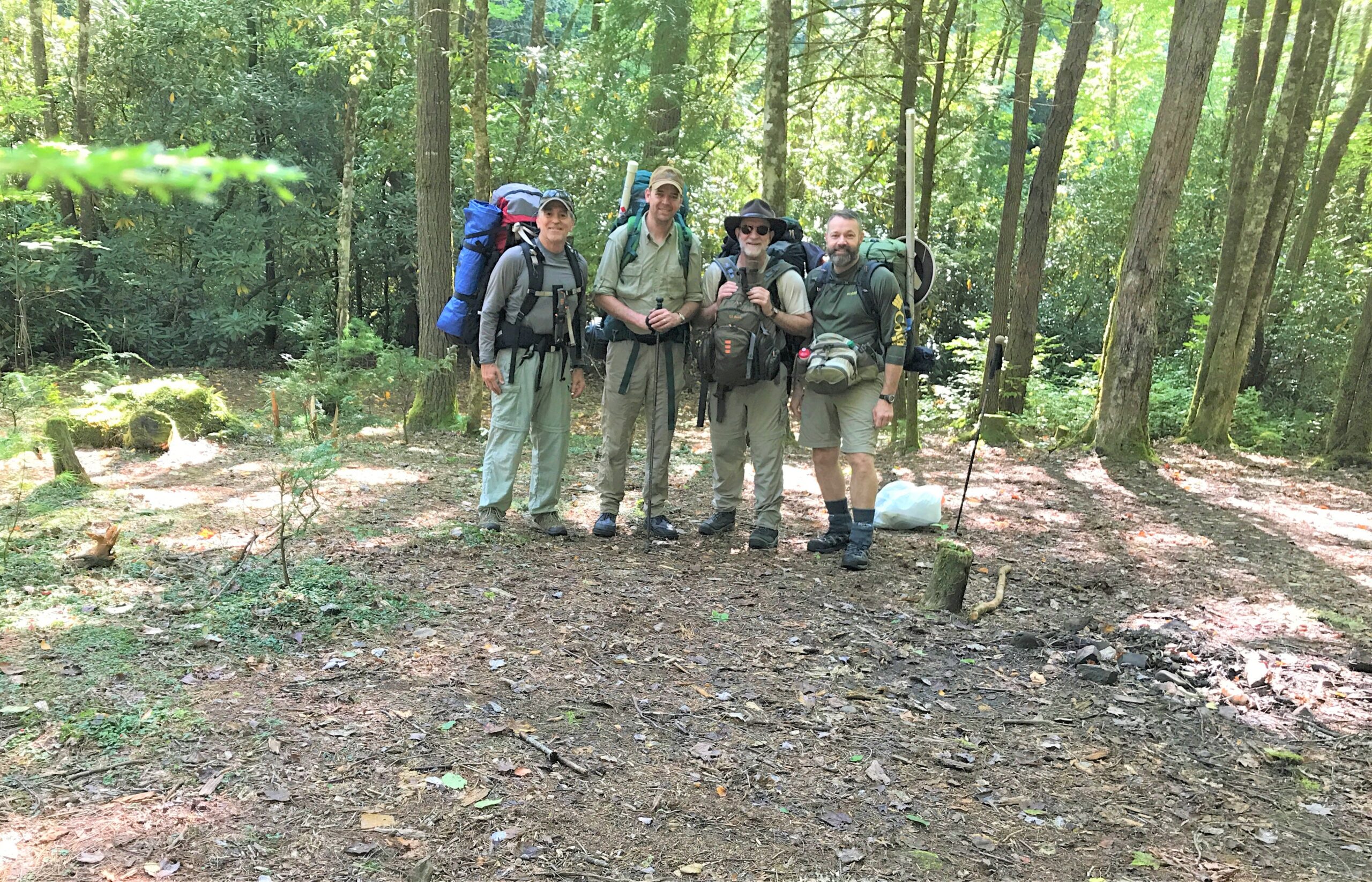
What have you been doing to prepare yourself both physically and mentally for this trek?
RJ: Twice a year for the past five years, I’ve been taking backpacking and fishing trips with friends in the Great Smoky Mountains. Doing a lot of walking and backpacking is a great way to prepare. So many people quit the Appalachian Trail because they get injured trying to do too much too soon. In terms of mental preparation, hiking in the rain is one of the things that has prepared me for the journey. It’s a great confidence builder. If you can endure less-than-ideal conditions and still be comfortable, you’re essentially proving to yourself that you can handle adversity when it comes your way.
I’ve also been reading books about mental preparation and staying goal-oriented. Some of the best advice I’ve read is don’t quit when you’re having a bad day. Instead, take a day or two off from the trail and get into a better frame of mind. Once you’re in a better place, it’s also important to review your list of reasons why you’re hiking the trail. In your worst-case scenario moment, you may make a rash decision that you’ll regret. You have to keep the outcome that you’re looking for in sight and in mind—and that’s a great life lesson in general.
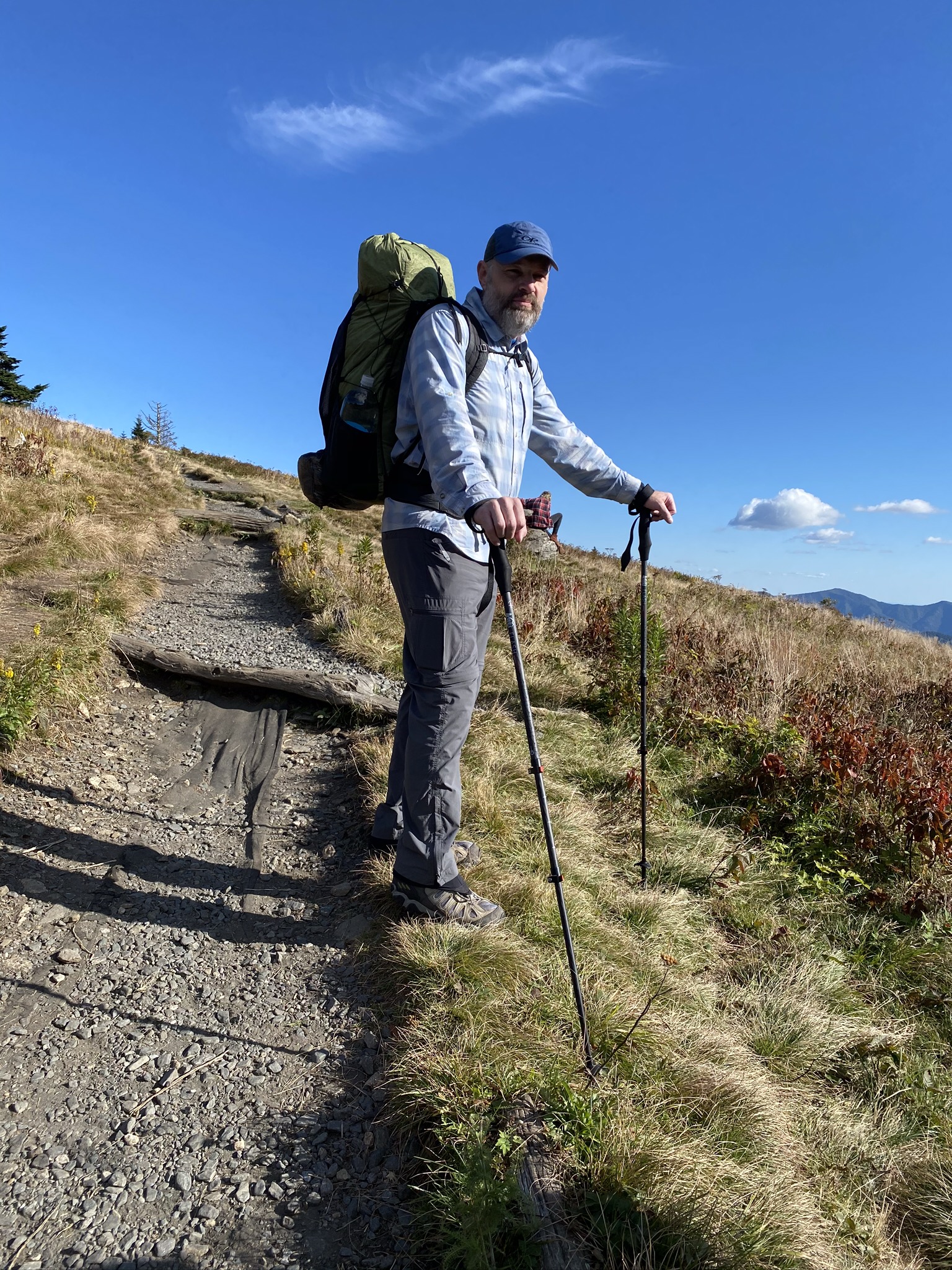
The million-dollar question: What will you be carrying in your backpack?
RJ: Ah, the backpack! I learned a long time ago when hiking with friends that my backpack weighed too much. So, I seriously started thinking about making my gear more efficient and lighter back when I sensed this time was coming. For this thru-hike, I’ll be carrying the big three: a tent, a small, inflatable sleep pad and an ultralight quilt that’s lighter than a sleeping bag.
Beyond that, I will have water and food, and a method to prepare and eat the food—so a cup, a pot, and a little stove to heat water. Another principal piece of gear is a water filter, as any water you drink on the trail has to be filtered to remove parasites and impurities. I’ll also be carrying some clothing, a first-aid kit and my cellphone. All-in-all, my daily base weight will average around 19 and a half pounds.
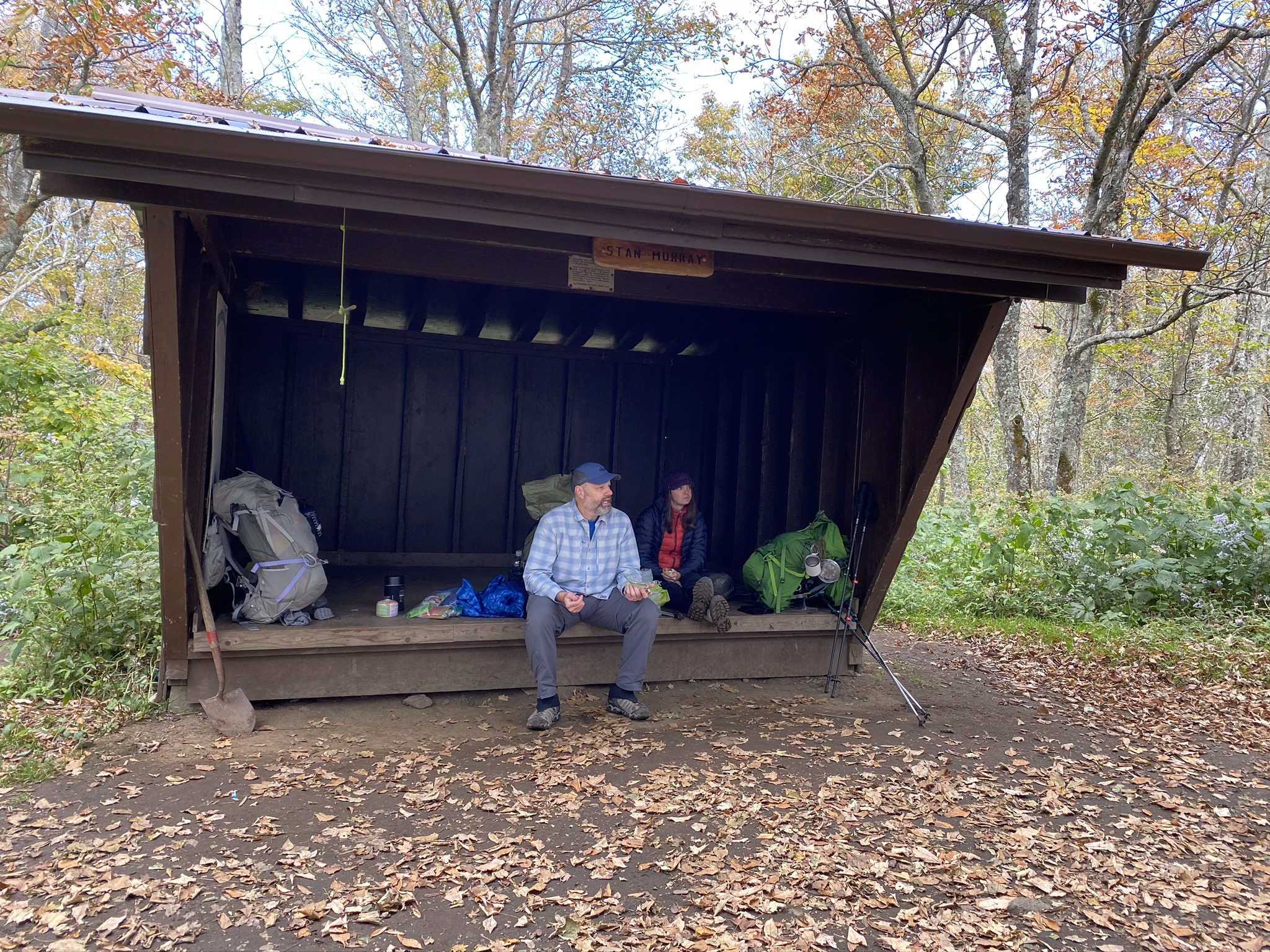
How long is it before you have to resupply?
RJ: On a thru-hike, on average, it’s around four days before you have to resupply, but it can be shorter or longer than that. My plan for this trip is that half the time my wife, April, will ship me a resupply box that will arrive at a designated pickup point. For the remainder of the time, I will be stopping at Dollar General stores in towns that are close to the trail and getting what I can from there. Stuff like instant rice, beef jerky and hummus cups. I also have my mom participating as a contributor. I bought her a dehydrator so she could make my favorite meals, dry them, and then send them to me at resupply points along the way.
What about safety on the trail? Will you be hiking alone?
RJ: As with anywhere you go, you have to be aware of your surroundings. The day I begin my thru-hike, it’s estimated there will be 100 people starting on the Appalachian Trail at the same time. So, there will be a lot of people around.
When you get to a designated campsite, there will be others with you and you find yourself talking to people who are hiking at the same pace. And you develop a familiarity with those people. In fact, those people become your “tramily”—a combination of trail and family—who help you navigate the trail by sharing their skills and knowledge. It’s a close-knit group, and the miles often fly by when you’re hiking with your tramily.
“I learned that you’re likely to encounter a “trail angel” or “trail magic” while you’re thru-hiking.”
What “critters” do you expect to see out there?
RJ: As you’d expect, there’s an abundance of amazing wildlife on the Appalachian Trail, including black bears. Although they mostly keep to themselves, they have an acute sense of smell and are attracted to food at campsites. That’s why it’s critical to practice proper backcountry food storage techniques.
One of those techniques is “bear bagging,” where you take your food and any other items that have a strong odor, such as toothpaste, sunscreen and bug spray, and you put those items in a weatherproof “bear bag” at night and hang them about 8- to 10-feet high in a tree—that’s about 100 feet away from the campsite—so a bear can’t reach them. That way, they’re attracted to the tree and not your tent. When they’re unable to get to the food, they usually give up and go elsewhere.
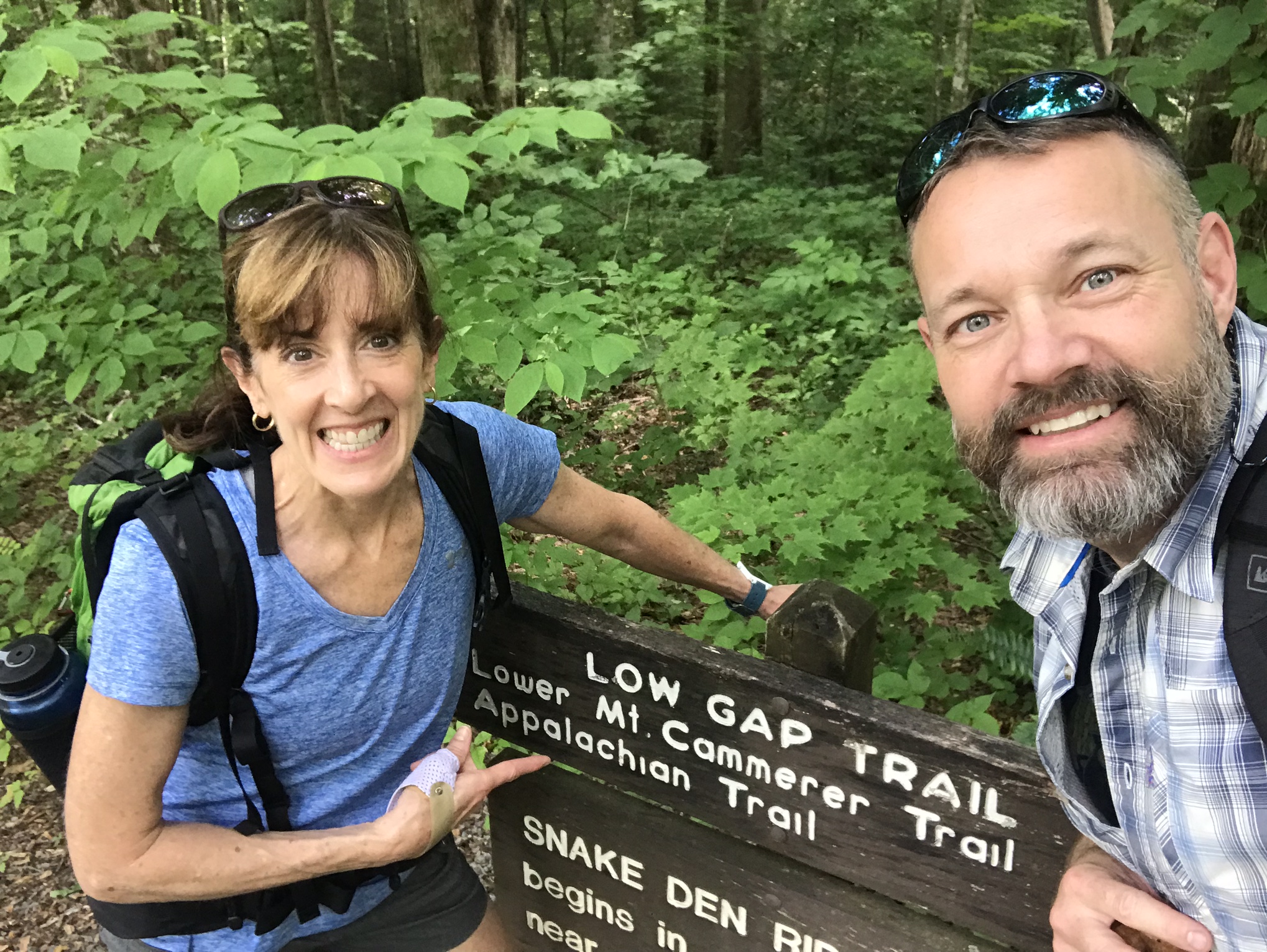
How does April feel about you embarking on this adventure?
RJ: April knows that this has been a dream of mine since I was 19 and she’s been incredibly supportive. In fact, she will be joining me on the trail when I make my way to Shenandoah National Park. It’s been on our bucket list to hike all the national parks, but we haven’t hit that one yet. I’m also looking forward to her joining me at Baxter State Park in Maine, where the trail ends at the summit of Mount Katahdin.
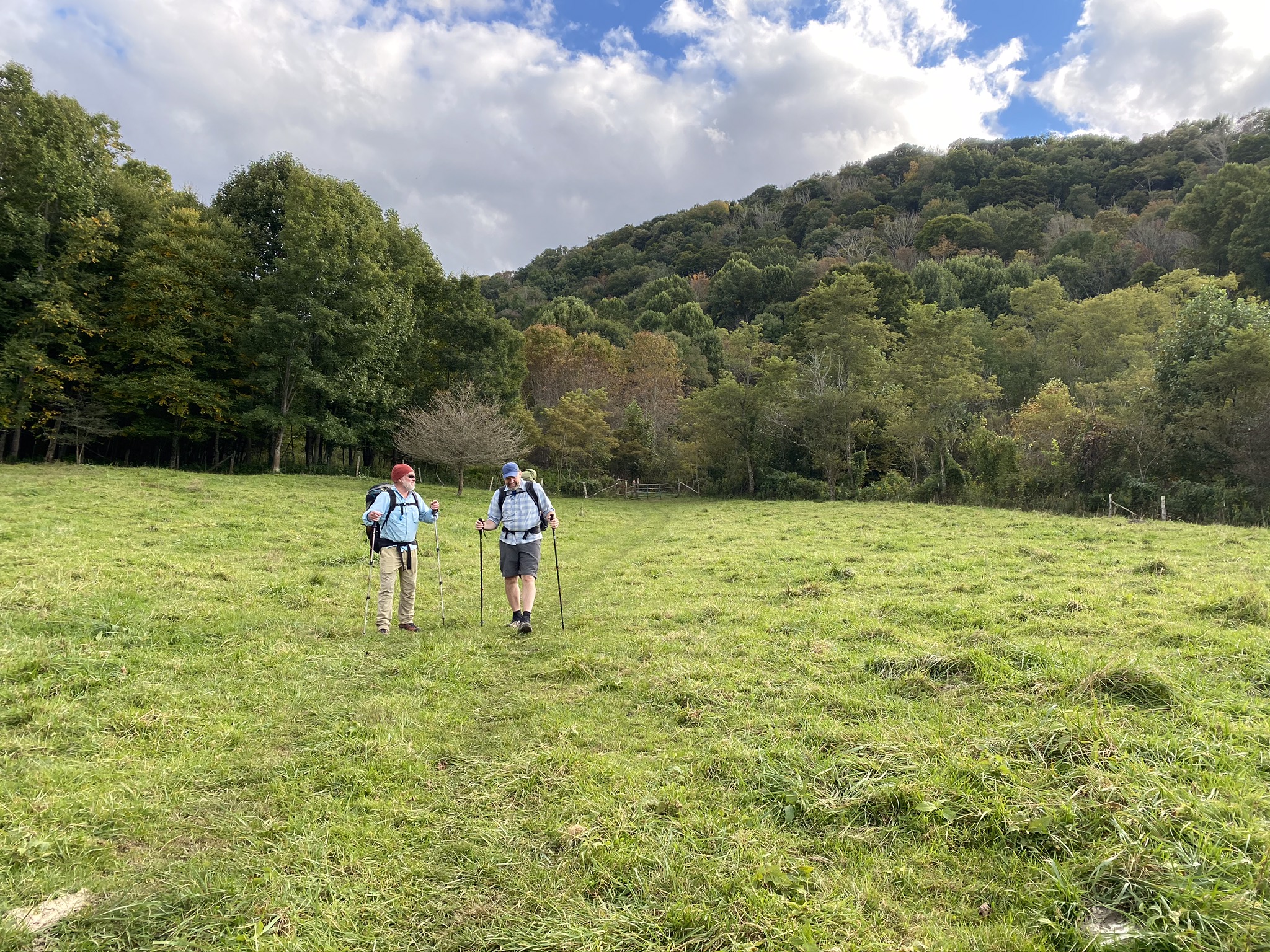
What aspect of the hike do you look forward to the most?
RJ: I have seen people at their best out on the trails, and that’s what I look forward to the most. For six months I’ll be a part of something where everyone is at their best and supporting one another. There’s such a tremendous sense of optimism around the endeavor. I look forward to all of the interactions I’ll have with people who are hiking the trail, as well as the people who are supporting us like trail angels.
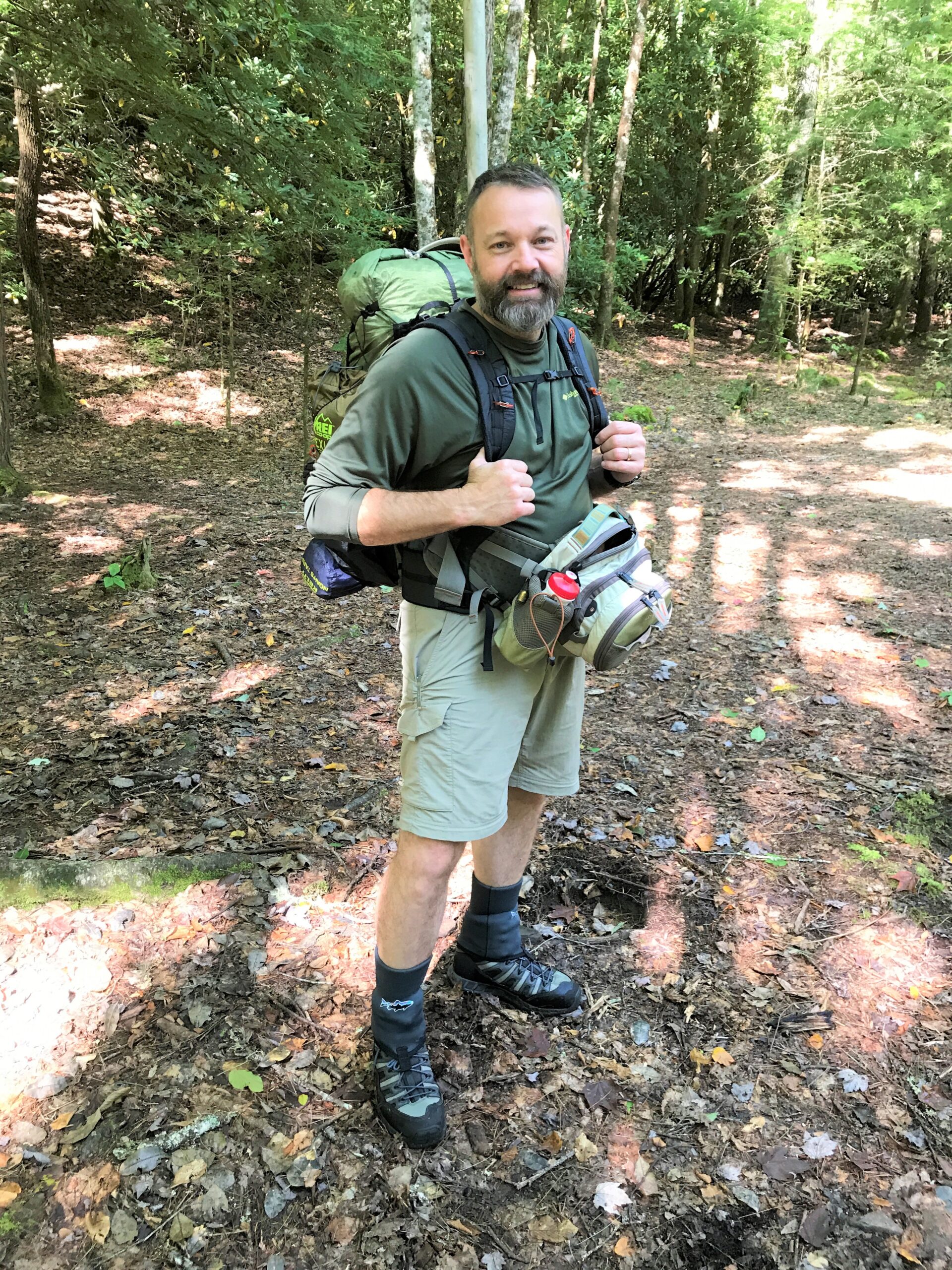
What do you hope to get out of the next six months?
RJ: I trust that being out on the trail, where you focus on “walk, eat, sleep, repeat”—and you’re interacting with people when they’re at their best—will change me in some positive way. And that is a big part of the draw of the trail.
